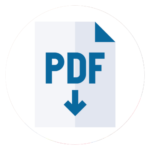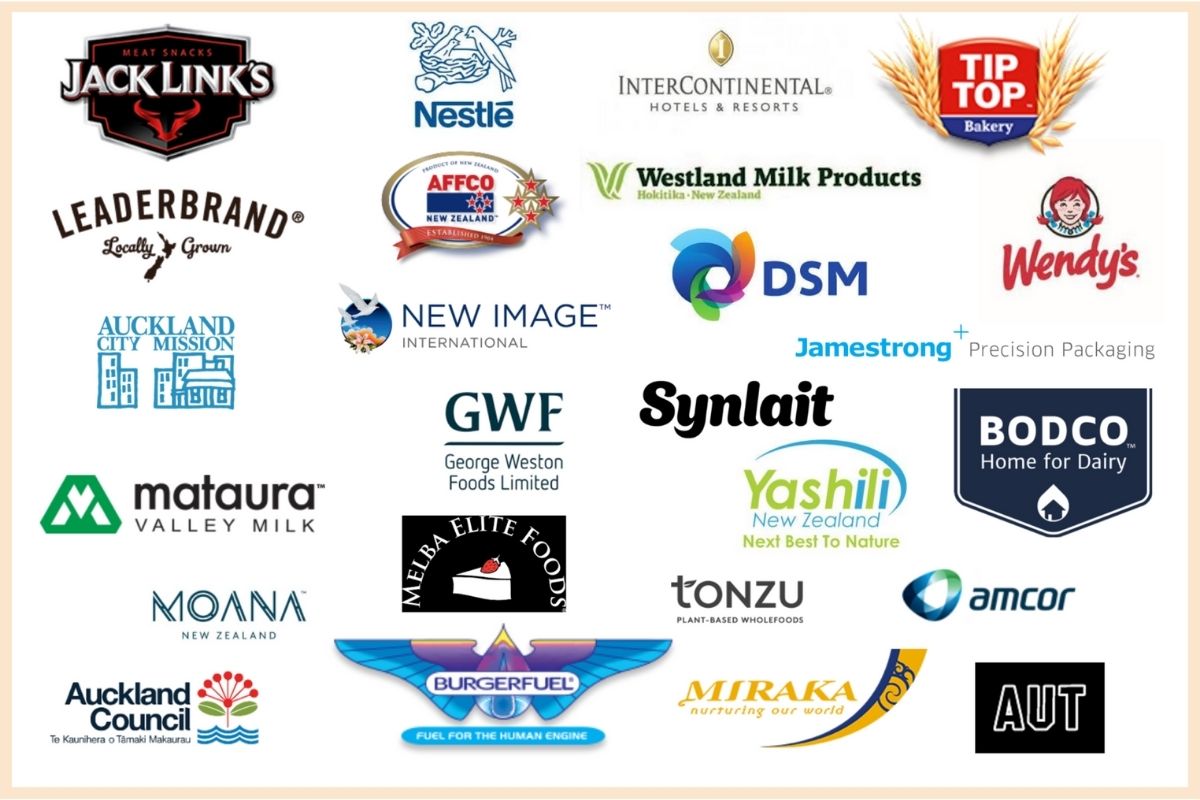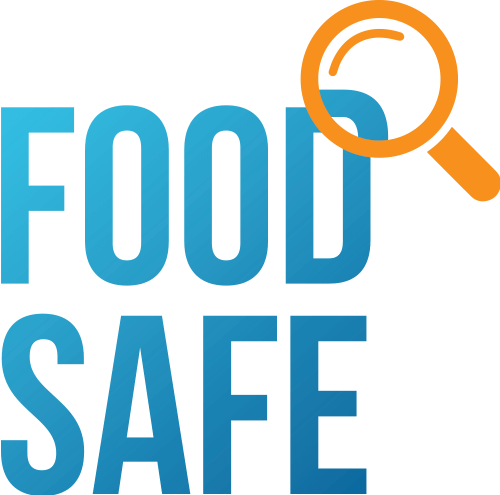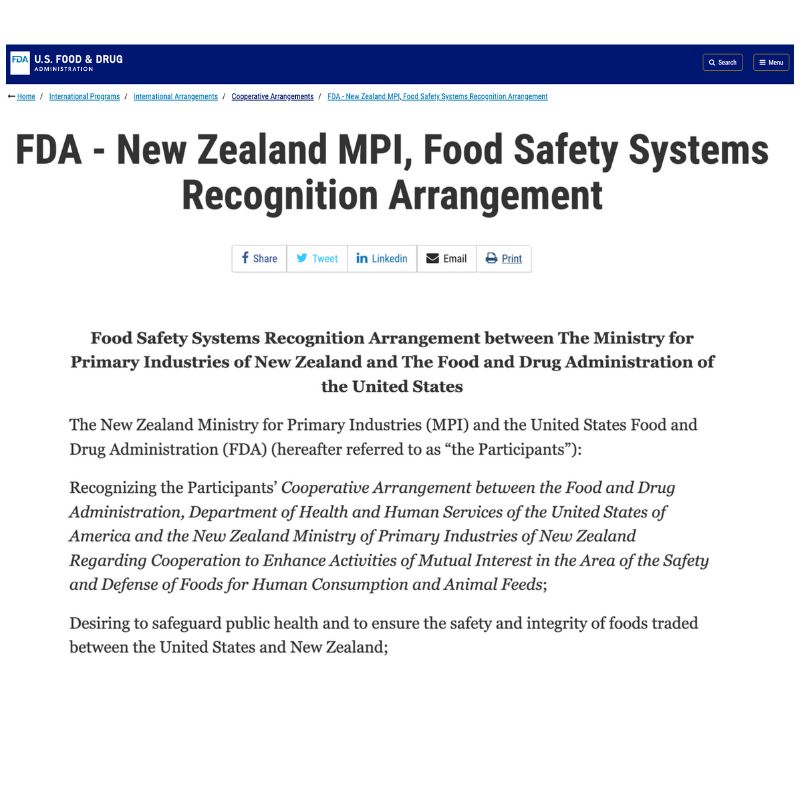For Stewardesses, Stewards, Cooks, Chefs, and Crew on Super Yachts, Ships, Rigs, and offshore Vessels.
Course Cost: $225 NZD +GST
Maritime Food Safety & Food Handling Training
Also referred to as Basic Food Safety & Hygiene Training, our Maritime training is designed for stewards, stewardesses, galley chefs and cooks on super yachts, ships, rigs, ferries, and offshore vessels.
The training course is also suitable for nurses & nannies on super yachts, youth staff & tour guides, pursers, F&B managers, hospitality officers, Captains upskilling crew during dry dock / world cruises, inventory & store managers, chandlery & marine suppliers, super yacht food buyers, executive chefs, & supply chain managers.
- Course Duration: 5 hours
- Delivered:
- LIVE online globally via ZOOM
- By our expert instructor (worked at sea for 6+ years & ISO 22000 Auditor)
- Approach: Visualised, show-me-how videos and a fun style of learning
Learners gain:
✅ A Level 2 food safety certificate
Our training meets:
✅ IMO Maritime Food Safety Certificate requirements – MLC 2006 Regulation 3.2
✅ Maritime Labour Convention, 2006 & 2022 Amendments & ILO STCW
✅ New Zealand, Australia and International standards (USPH; global allergens; °C/°F)
Training Topics:
- Identification of hazards (HACCP principle 1), food safety hazards that cause foodborne illness and food spoilage on a vessel, including pathogenic bacteria & mould
- Information on effective personal hygiene
- Norovirus, Hepatitis A and illness management controls to reduce risk to the vessel and crew
- Guidance for managing maritime vessels when a quarantinable disease is suspected or known to be on board
- An understanding of the science of allergic reactions, immune response, food intolerance, and special diets, such as Celiac disease, cultural or religious diets like Kosher and Halal (on crew request)
- Knowledge of the primary allergen groups (applicable worldwide)
- Effective allergen management in the galley and on deck
- Basic HACCP concepts (monitoring & verification)
- Temperature control to global standards (HACCP principles 2 & 3), including CCPs & Critical limits in both Celsius (°C) and Fahrenheit (°F), and recording the temperature of high-risk foods
- Identifying common examples of food safety risks
- Pest control methods and how to control pests
- Record keeping (HACCP principle 7) & criteria for food safety inspections and audit checklists
- Brief overview of USPH type guidelines & preparation for Standard Port Health Inspections (if required and on request)

Additional Information
Key facts:
✅ Delivered by expert instructor (worked at sea for 6+ years and is an ISO 22000 Auditor)
✅ Level 2 training certificate
✅ Currently used by many ships, rigs, and maritime companies
The videos explains more about our training.
This training helps Captains and senior nautical officers, looking after crew or passengers, to:
- Provide food, beverages and water of appropriate quality, quantity, and nutritional value that is also culturally or religiously suitable
- Ensure catering standards meet minimum food quality, variety, and hygiene standards.
Food Safe’s Quality Assurance:
1. Training approved and reviewed by independent third-party (New Zealand Qualification Authority, NZQA)
2. Course meets Global Codex Standard
3. Training meets Maritime Labour Convention, 2006 & 2022 Amendments
Our lead trainer explains how this training meets ILO STCW and IMO Maritime Food Safety Certificate requirements.
Training begins in:
Auckland
Dubai
Vancouver
Beijing
Trusted by Captains & maritime vessels, year-on-year
About your trainer
- Food Safe’s Food Defense Training Courses are delivered by Food Safe’s Managing Director, Lead-trainer & Food Safety Expert, Keith Michael who holds:
-
- A Masters Degree in Operations Management
- 30+ Years experience in Food Processing & Auditing
- 15+ Years in High-compliance manufacture eg. Infant Formula & RMPs
- Technical Food Processing, Food Safety, and Audit Competencies
- Dairy Manufacturing: Technical & Specialised Operations
- Certificate in Company Direction from the Institute of Directors (IOD), New Zealand
Keith has presented papers at the Food Safety Conferences in 2019, 2020, 2021 & 2022 and brings this cross-sector learning into training.
Keith has over a decade of experience as a company director where he has assisted companies across the globe with Food Safety Compliance, Risk Audit, and closing of gaps identified with smart purpose-built competency training. View Keith’s profile on LinkedIn.
-

Global Quality: New Zealand’s Food Safety Systems Recognition

New Zealand Comparability Determination by FDA
Report on the Comparability Determination of the Food Safety Component of the New Zealand’s Ministry for Primary Industries.
Source: FDA

New Zealand’s Global Role with Codex Alimentarius
New Zealand is a founding member of Codex and chairs two important Codex committees on Milk Products (CCMMP) and Meat Hygiene (CCMH).
Source: FAO
HOW IT WORKS: Steps to book your course
FAQs
What are the best practices for food safety on ships?
The best practices for food safety aboard ships include:
-
Proper food storage at the correct temperatures prevents spoilage.
-
Maintaining cleanliness and sanitation in the galley and dining areas.
-
Preventing cross-contamination by separating raw and cooked foods.
-
Regular temperature checks for food during storage and preparation.
-
Training crew in food safety and personal hygiene to reduce the risk of foodborne illnesses.
-
Implementing HACCP (Hazard Analysis and Critical Control Points) systems to ensure food safety from supply to serving.
How do I prevent cross-contamination in a galley?
To prevent cross-contamination in the galley:
-
Separate raw and cooked foods to avoid contact between raw meats and ready-to-eat foods.
-
Use different cutting boards and utensils for different types of food.
-
Ensure proper handwashing by all crew before handling food and after handling raw products.
-
Store foods in sealed containers and properly label items with use-by dates.
-
Regularly sanitize food prep surfaces, equipment, and high-touch areas to reduce the risk of contamination.
What is HACCP and why is it important in maritime food handling?
HACCP (Hazard Analysis and Critical Control Points) is a food safety management system that identifies and controls potential hazards in the food production process. For maritime operations:
-
It helps ensure food safety from storage and preparation to service.
-
It identifies critical control points (e.g., temperature monitoring) where food safety risks can be managed.
-
By implementing HACCP, vessels can prevent foodborne illnesses and comply with maritime food safety regulations.
How should food be stored safely on yachts?
To store food safely on yachts:
-
Maintain the proper temperature for refrigerated and frozen foods.
-
Organize food storage areas to separate raw and cooked items.
-
Use airtight containers for dry foods to protect against moisture and pests.
-
Regularly monitor expiration dates and dispose of any outdated items.
-
Ensure food is well-labelled with use-by dates and stored in the appropriate conditions to ensure safety and quality.
What are the food hygiene standards for cruise ships?
Cruise ship food hygiene standards include:
-
Strict sanitation procedures in all food preparation and storage areas.
-
Temperature control for all perishable foods to prevent bacterial growth.
-
Regular inspection and auditing of food safety practices by health authorities.
-
Clear guidelines on personal hygiene, such as handwashing, wearing gloves, and using clean uniforms.
-
Crew members must undergo food safety training to ensure compliance with standards and prevent contamination.
How do you ensure food safety in offshore kitchens?
Ensuring food safety in offshore kitchens involves:
-
Implementing rigorous hygiene practices to maintain a clean environment.
-
Storing food at the correct temperature to prevent spoilage, particularly on long voyages.
-
Regularly conducting food safety audits to check for compliance with safety standards.
-
Providing training for kitchen staff on how to handle, prepare, and store food in challenging offshore conditions.
-
Ensuring access to first aid kits and emergency procedures in case of food-related illnesses.
What is the role of a galley chef on a cruise ship?
The role of a galley chef on a cruise ship includes:
-
Planning and preparing meals for passengers and crew, ensuring high quality and variety.
-
Ensuring food safety and compliance with hygiene standards.
-
Overseeing the management of kitchen staff, delegating tasks, and ensuring efficient kitchen operations.
-
Maintaining inventory and ordering supplies for the galley.
-
Monitoring and maintaining the storage conditions of perishable goods.
-
Ensuring meals meet the dietary needs and preferences of passengers.
How do I get food handling certification for maritime workers?
To get food handling certification for maritime workers:
-
Complete an accredited food safety course designed for maritime workers, such as Food Safe’s food safety training.
-
Learn about food hygiene, temperature control, cross-contamination prevention, and personal hygiene.
-
Pass any assessments or exams associated with the course.
-
Once certified, maintain the certification by attending refresher courses as required by maritime authorities.
What are the most common foodborne illnesses at sea and how can they be prevented?
Common foodborne illnesses at sea include:
-
Norovirus, which can cause vomiting and diarrhea, often due to poor hand hygiene or contaminated food.
-
Salmonella, which can be contracted through improperly handled or undercooked poultry or eggs.
-
E. coli, which can be caused by cross-contamination between raw meats and ready-to-eat foods.
Prevention strategies include: -
Strict adherence to food safety protocols and hand hygiene.
-
Maintaining correct storage temperatures.
-
Regular sanitation of food prep areas and equipment.
-
Comprehensive training for crew members on foodborne illness prevention.
What temperature should food be stored at on ships and yachts?
To ensure food safety on ships and yachts:
-
Refrigerated foods should be stored at or below 4°C (40°F).
-
Frozen foods should be stored at or below -18°C (0°F).
-
Hot foods should be kept at temperatures above 60°C (140°F) to prevent bacterial growth.
-
Always use thermometers to regularly monitor storage conditions and ensure food is kept at safe temperatures.
About Food Safe
Food Safe Ltd is a Category 1 NZQA-Registered PTE. Training complies with the Food Safety Bylaws and Verifier Audits right across New Zealand.
Our training is trusted by both well-known New Zealand and Global food companies and heaps of small teams too! Our training is science-based on New Zealand regulatory and globally recognised best practice – MPI, FAO, FDA, EU
Food Safe’s advisory committee includes leading experts, quality and compliance managers, and governance experts. For even more information about Food Safe and the companies we work with, click here.
Why Choose us for your Training?
- Meets Global MLC 2006 Regulation 3.2 requirements
- Meets Maritime Labour Convention, 2006 & 2022 Amendments & ILO STCW and IMO Maritime Food Safety Certificate requirements
- Is delivered by a trained ISO 9001 & 22000 lead auditor with significant work experience at sea
- Scheme is approved and reviewed by independent third-party (New Zealand Qualification Authority, NZQA)
- Complements certification (GFSI, WSE, FSSC, BRC, SQF) and compliance (MPI, FDA, CFDA, EU) requirements

120
1000
100
How we work with people & companies
Companies we work with





























Maritime Labour Convention 2022
Port Inspection Guidelines – ILO
SEEARBEITSÜBEREINKOMMEN, 2006, in der geänderten Fassung – einschließlich der Änderungen von 2022
CONVENTION DU TRAVAIL MARITIME, 2006, telle qu’amendée – Incluant les amendements 2022
经修正的 2006 年 海事劳工公约 – 包括2022年修正案
اتفاقيـة العمــل البحــري 2006 0 بصيغتها المعدّلة بما في ذلك تعديالت عام 2022















































